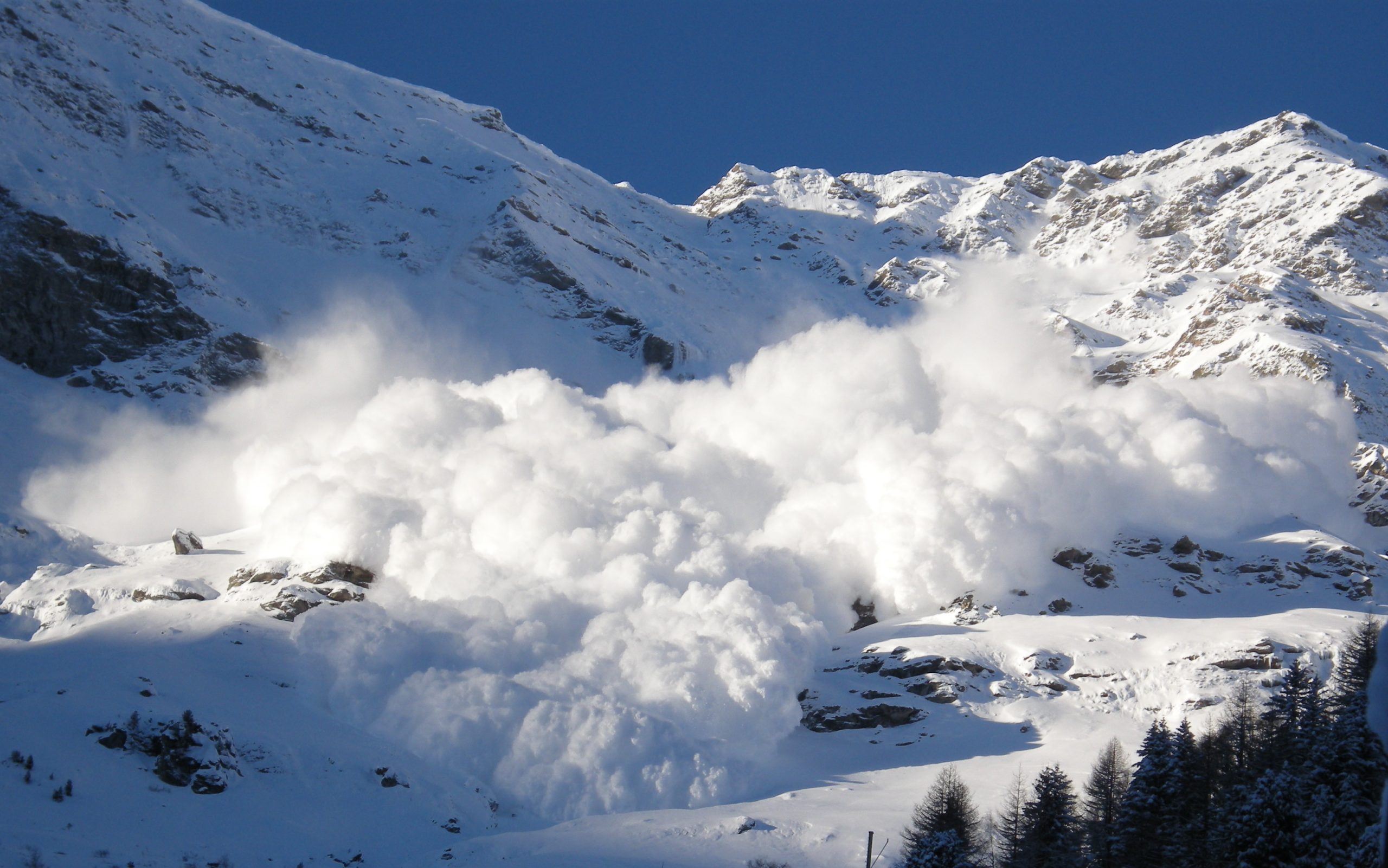Unforeseen Challenges on the Adirondack High Peaks Trail
On a day that promised ideal conditions for outdoor enthusiasts, many hikers found their plans disrupted by unexpected obstacles. The Adirondack High Peaks, known for its breathtaking landscapes and challenging trails, faced a series of issues caused by recent weather events. This disruption has left some popular routes inaccessible, forcing visitors to rethink their plans.
Heavy Rainfall Causes Major Disruptions
The problem began on July 13 when heavy rainfall swept through parts of the North Country. This intense precipitation led to significant environmental impacts, including landslides that have altered several key hiking paths. The damage has been severe enough to close certain trails, leaving both locals and tourists without access to areas they typically frequent.
Impact on Popular Hiking Routes
One of the most affected trails is the ‘Avalanche Pass’ trail, which has been closed indefinitely. This particular route is a favorite among hikers due to its scenic views and moderate difficulty level. However, the recent landslides have made it unsafe to traverse, prompting authorities to take immediate action.
Ongoing Assessments and Safety Measures
The Department of Environmental Conservation (DEC) is currently conducting assessments to determine the extent of the damage. Their primary concern is ensuring the safety of all trail users. While the exact timeline for reopening the affected areas remains unclear, officials are working diligently to evaluate the situation and plan for necessary repairs.
Adjusting Plans for Outdoor Enthusiasts
For those who had planned to explore the Adirondack High Peaks, this development means adjusting their itineraries. Some may choose to visit alternative trails that remain open, while others might opt to reschedule their trips until the impacted areas are deemed safe again. This situation highlights the importance of staying informed about local weather conditions and trail statuses before heading out.
Community Response and Support
Local communities and outdoor organizations have also responded to the situation. Many are offering resources and updates to help hikers make informed decisions. Social media platforms and local news outlets have become valuable tools for sharing information about trail closures and safety advisories.
Future Considerations for Trail Maintenance
This incident underscores the need for ongoing maintenance and monitoring of hiking trails, especially in regions prone to extreme weather events. As climate patterns continue to shift, the frequency of such disruptions may increase, necessitating more robust strategies for trail management and public communication.
Conclusion
While the closure of the Avalanche Pass trail and other routes presents challenges for hikers, it also serves as a reminder of the dynamic nature of the natural environment. By staying informed and adaptable, outdoor enthusiasts can continue to enjoy the beauty of the Adirondacks while prioritizing safety. The DEC’s efforts to assess and address the damage will be crucial in restoring access to these beloved trails in the coming months.







